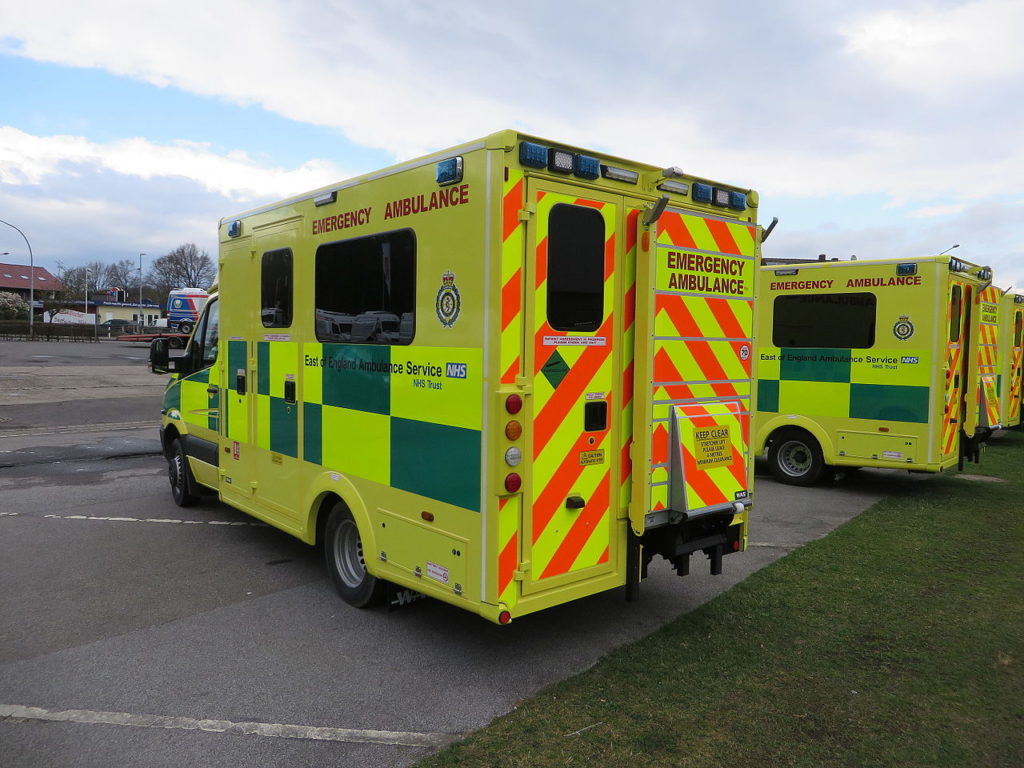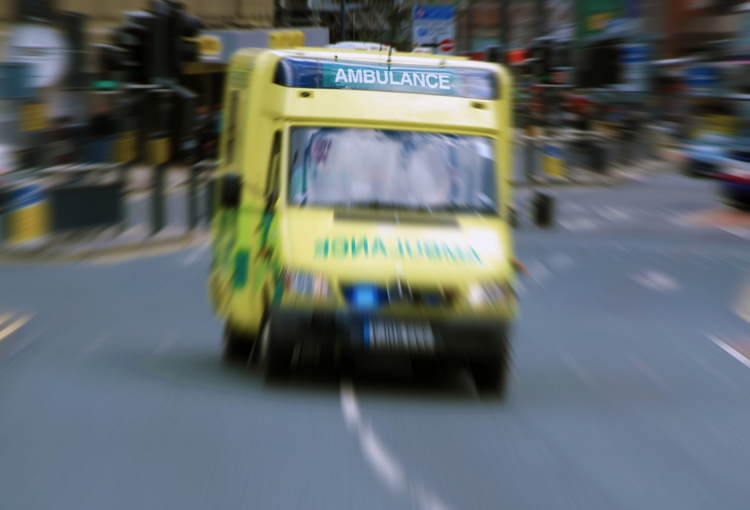Fill our form to download your free research report, written by Dr Mark Hawker.

Emergency care has been recognised for many years as exposing ambulance workers to high risks of musculoskeletal injuries. Paramedics are known to report a high level of musculoskeletal injuries, particularly from manually moving and handling a patient.
Manual handling injuries cover a broad category of work related injuries but can include injuries due to lifting, trapped fingers, cuts from sharp objects and pushing and pulling etc. The most common manual handling injuries are MSDs or musculoskeletal disorders, which are injuries and disorders that affect the human body’s movement or musculoskeletal system.
Many Private Ambulance Services, Community First Responders and Fall Service Volunteers are still performing outdated manual handling manoeuvres instead of using modern lifting devices, such as the Mangar Camel and Mangar ELK leaving them exposed to musculoskeletal risks, for example when trying to lift a patient from the floor or when moving them from a stretcher to a bed.
MSDs account for 41% of all work related ill-health in 2015/16
(Health and Safety Executive, 2016)
A report written by the Health and Safety Executive called Work-related Musculoskeletal Disorder (WRMSDs) Statistics, Great Britain 2016 showed:
- An estimated 8.8 million working days were lost due to MSDs.
- An average 16 work days were lost for each case.
- Work-related MSDs account for 34% of all working days lost due to ill-health.
According to figures from the Office for National Statistics days off work due to back, neck and muscle problems cost the UK economy £14 billion a year.
“Within a year of introducing the ELK, sickness had reduced
by 10% saving the service over £300,000”
(South Western Ambulance)
In 2013, a paramedic in England was awarded compensation because his back and shoulder were left with permanent damage after trying to manoeuvre a patient into the back of an ambulance in a carry chair with no fitted tail lift.
The 53-year-old sustained injuries that meant he was off work for four and a half months after carrying out the awkward manoeuvre which exacerbated an existing back injury.
“As paramedics, we do get back and shoulder injuries fairly frequently due to the nature of the job but the risks of them and their severity can be minimised by management giving us the correct tools to do the job safely,” said the paramedic.
Musculoskeletal disorders are preventable with the correct training and equipment and so are the economic and human costs of MSDs.
In the UK, ambulance services now carry a Mangar ELK or a Mangar Camel. They are both emergency lifting inflatable cushions designed to provide a safe and dignified for the patient and also to protect the ambulance worker from having to manually lift the patient.
“Our team use a Mangar Lifting Cushion to raise the fallen person from the floor. The cushions provide a safe lift for the resident but also help prevent musculoskeletal injury to our staff. Because of a number of falls we attend, the lifting cushions are used every day and have been for nearly 10 years. They are a reliable piece of equipment that we wouldn’t be without.”
Heather Rimmer, Norfolk Swift Response
If you would like any further information regarding the Mangar Elk or the Mangar Camel, please click here.
- July 25, 2017
- Emergency Services
- Patient Lifting Products













Good article, but it would be a really great leap forward if moving and handling products weren’t so extraordinarily expensive. It’s so unfortunate that the UK disability equipment industry is so profit driven, considering that the target group are some of the most vulnerable and financially compromised people in society.
Something needs to change!